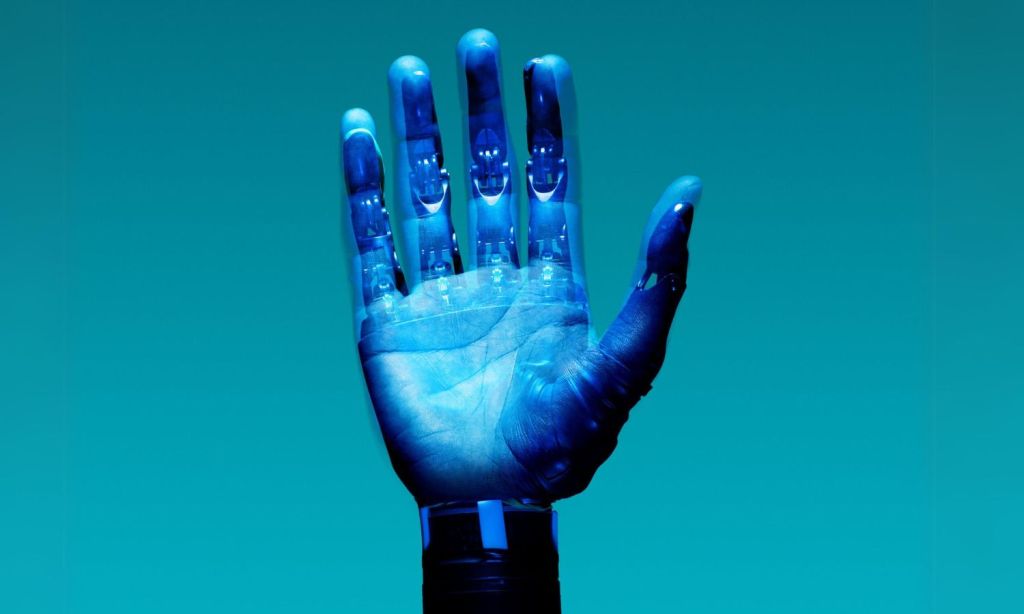“Even though I can’t be by your side ever again, my soul is still in this world, accompanying you through life.”
So speaks Xuanmo Wu, a Chinese student, to his parents. However, Xuanmo passed away last year at the age of 22 after a sudden stroke while studying at the University of Exeter in the UK.
“I know you’re in great pain every day because of me, and feel guilty and helpless,” Xuanmo continues.
The Wu’s son speaks to them as an avatar, resurrected in virtual space, with the same physical image and a similar voice tone to the one that they remember.
The grief-stricken family are just one of thousands who have chosen to bring their deceased loved ones back to a kind of digital life to aid them in the grieving process. As little as 30 seconds of audio-visual material can be used by AI firms working in China as the basis for their virtual avatars. The creations can speak and respond in completely new ways, which experts have said may be helpful in coming to terms with their loss.
Seakoo Wu, Xuanmo’s father, told the AFP that he hopes to take the technology further and create a fully realistic replica of his son who behaves and looks exactly like him and can live on forever online.
“Once we synchronise reality and the metaverse, I’ll have my son with me again,” Wu said. “I can train him … so that when he sees me, he knows I’m his father.”
The technology is not cheap. Wu spent hours gathering up recordings and images of his son before giving thousands of dollars to an AI company to turn into a digital version. It takes about three weeks and can cost between USD $1,400 and $2,800 per avatar.
However, the technology is yet to emerge fully from the uncanny valley. Xuanmo’s voice is said to be somewhat robotic while his movements are said to be rudimentary. Wu is determined however to improve his son’s avatar, hiring help to create a digital database of him that he hopes will be able to be fed into more powerful AI programmes soon.
The technology is however not limited to deceased people. There are reports that some are using it to recreate partners whom they have split up with in order to keep them around digitally, forever.
Of course, there have been digital resurrections of people well before the rise of AI. Holographic performances of artists like Tupac Shakur, Elvis Presley, and Buddy Holly have been popping up across the globe for years.
Experts have said that while the technology may be helpful, they caution that it could lead to instances of people being unable to move on from traumatic events. Tamara Kneese, author of the book Death Glitch which looks at what happens to our digital presence when we physically die, has said that it’s not an easy solution.
“Even just on a practical level, who is going to maintain these systems over time? There are also ethical and emotional repercussions to consider,” she told The Guardian.
“There’s a problem of consent in terms of creating AI versions of people who have died. And bequeathing a chatbot version of yourself could make it hard for a loved one who is trying to move on”.
In the West, apps like HereAfter AI already exist to do much the same thing as what families in China are doing. The app, launched in 2019 by a developer who had already used it to create an avatar of his dead father, promises to “capture the true spirit of people and to enable their stories to become immortal.” However, its actual delivery on those claims is, at present, shaky at best.
For the Wu family, they are confident that their son would have wanted to have been brought back digitally and they hope to be able to meet him in the digital afterlife.
“One day, son, we will all reunite in the metaverse,” he said. “The technology is getting better every day … it’s just a matter of time.”
Related: Lawmakers in Brazil Have Passed Legislation Drafted by ChatGPT
Related: The Next Industry to Lose Jobs to AI? Influencers
Read more stories from The Latch and subscribe to our email newsletter.







